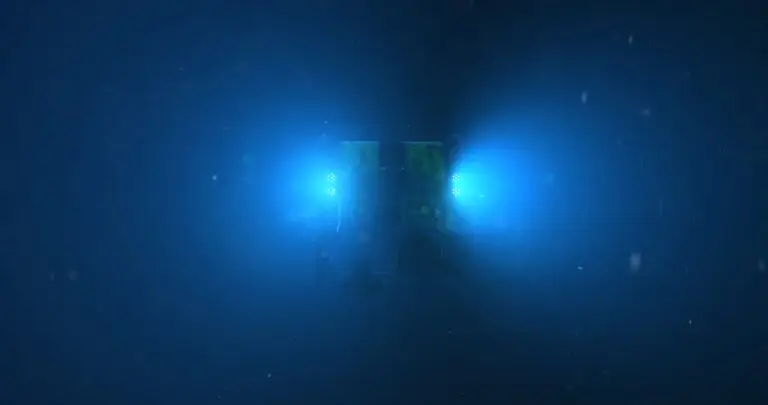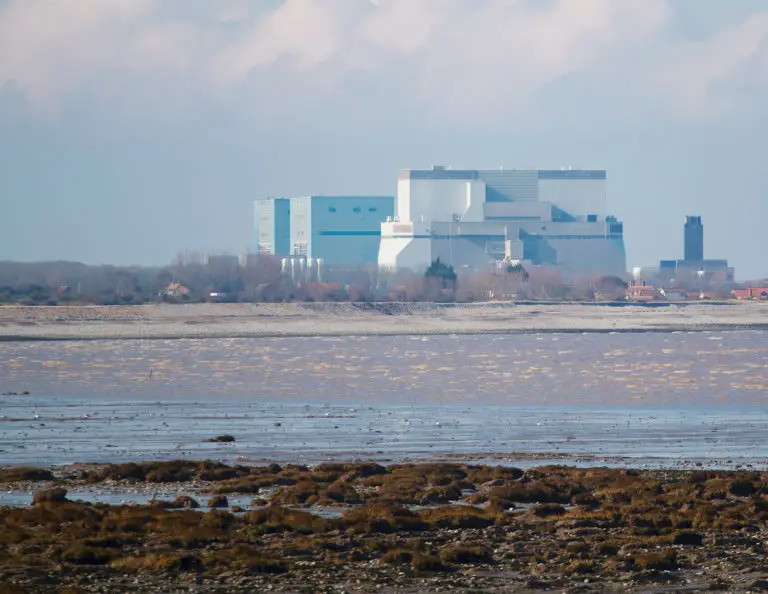Acoustic Fish Deterrent (AFD) technology is continuously developing.
Since Hinkley Point C received its Development Consent Order, AFD technology has significantly advanced, addressing previous concerns about maintenance schedules and meeting system specifications. Key developments include:
- Improved ROV Capability: Enhancing safety in AFD maintenance.
- Active Pressure Compensation System (APCS): Tackling tidal challenges.
- Underwater Power and Communication Hubs: Greater reliability with dual redundancy.
- Remote Operation and Monitoring: Daily system condition updates via text message and email.
- Maintenance Regime Improvements: Extended servicing intervals from 18 to 24 months, potentially beyond 36 months.
The Hinkley Point C Development Consent Order requires the integration of LVSE intake, AFDs, and FRR systems to protect up to 182 million fish annually. The AFD is crucial for safeguarding fragile fish species like sprat and shad, which would otherwise perish if they come into contact with the fish return system at the end of the power station’s cooling tunnels.
Environmental campaigners have criticised EDF for allegedly avoiding the implementation of these vital measures, potentially endangering millions of fish when the new nuclear processing plant becomes operational. Groups like the Wildfowl and Wetlands Trust and the Somerset Wildlife Trust have been advocating for the installation of the AFD, emphasising its importance in preserving aquatic life in the Severn Estuary.
The Government’s report and recommendations can be read here.
Jo Smoldon of the campaign group Stop Hinkley expressed frustration, stating, “EDF are refusing to comply with the environmental conditions they agreed to at the outset, to protect the marine life of the Severn Estuary and its nine great rivers. Why on earth are EDF still not wanting to save the fish? This latest excuse undermines the technology that was put in place to protect the fish. For the last seven years EDF has refused to engage with Fish Guidance Systems, who were asked by EDF to provide the technology which they are now discrediting!”
Our Latest Acoustic Fish Deterrent News

New ROVs can handle maintenance of Hinkley Point C and Sizewell C AFD according to manufacturers
When the tide is high, dangerous things can happen – and when you are building a new nuclear power plant in an estuary where the tidal forces are some of the highest in the world, mitigating risk is the highest priority. Luckily, advancements in technology can make the most dangerous

Dr David Lambert and Dr Andy Turnpenny Speak at Hinkley Point C AFD Appeal Inquiry
On June 8th Dr David Lambert, Managing Director of Fish Guidance Systems, and eminent fish biologist Dr Andy Turnpenny spoke alongside environmental experts to detail the reasons why an AFD system should be installed at Hinkley Point C. Their full statements are outlined below. Statement From Dr David Lambert, Managing
Twaite shad Set for Return to Severn Estuary but Nuclear Plant Creates Risk
The rare and protected twaite shad are being reintroduced to the Severn thanks to a conservation project by the Canal & River Trust. The project focuses on allowing the fish to return to their breeding grounds but issues remain in the estuary – where the fish spend the majority of
Effect on Fish Populations by Sizewell C and Hinkley Point C Nuclear Plants Being Brought to National Attention
April has been a huge month for the fight to ensure proper environmental protections are put in place at the UK’s next generation of nuclear power plants. Several national newspapers, including in The Guardian and The Independent, have highlighted the serious issues facing the cooling water intakes of nuclear plants